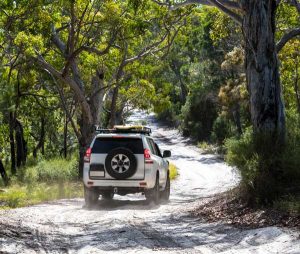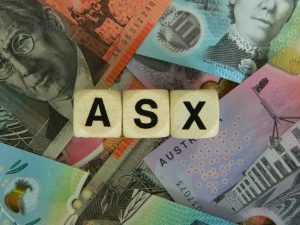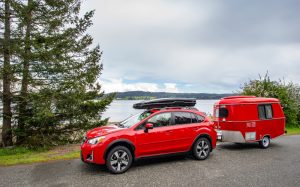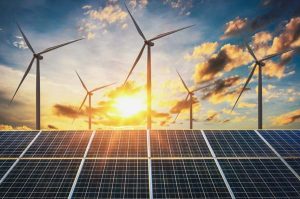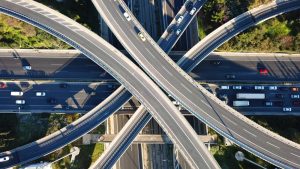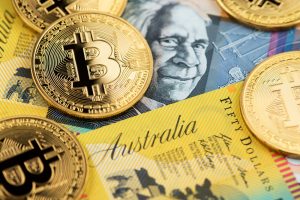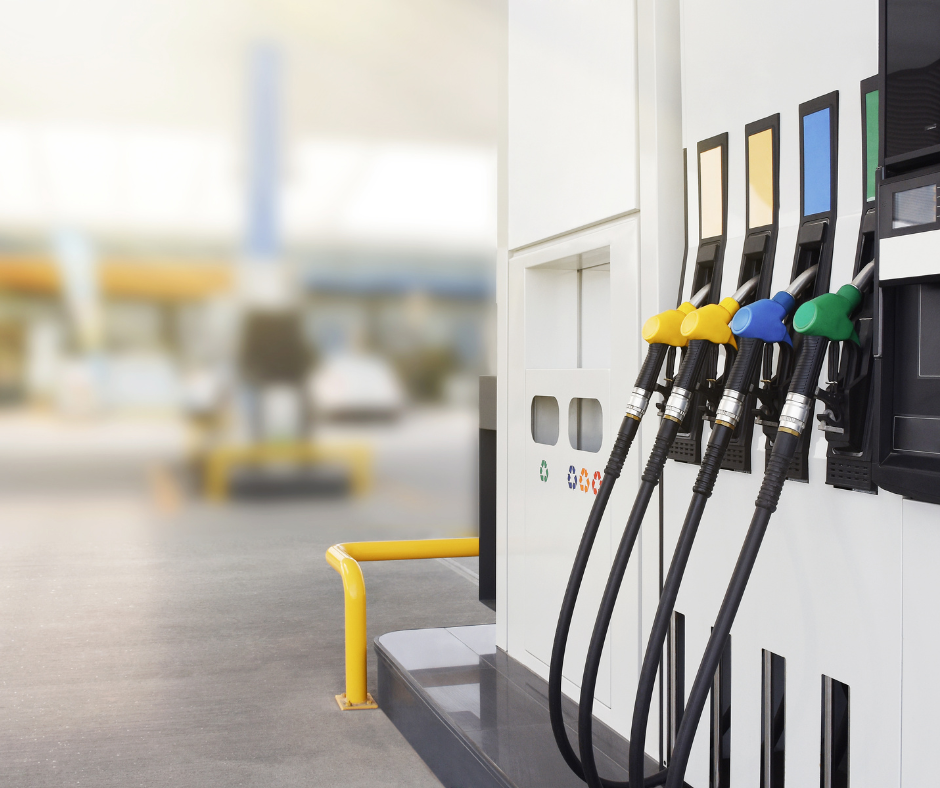
- The Savvy Promise
At Savvy, our mission is to empower you to make informed financial choices. While we maintain stringent editorial standards, this article may include mentions of products offered by our partners. Here’s how we generate income.
In this article
As part of Savvy’s ongoing research into the cost-of-living crisis and Australian financial habits, we look at one commodity that Australia can’t live without: petrol.
- 32.8% increase in average petrol retail price from 2020 – 2022
- Impact of Fuel Price Cycle: can cost up to 25.9% more for fuel at peak times
- Lowest Petrol Price in 2020: 89c per litre (April 30th, 2020)
- Highest Average Petrol Price: 2022 at 184.2c/L, marking a 24.6% increase over the previous year
Historian Geoffrey Blainey’s landmark Australian historical book, The Tyranny of Distance was a perfect title encapsulating the Australian experience.
First, we are a remote continent, far removed from the trade routes of the Middle East or North America where oil is abundant. Second, we have 7.7 million square kilometres of country to traverse.
Therefore, our petrol supplies need to come from far away to take us vast distances across our continental nation.
Despite seeing a wild tumble in petrol prices in the early stages of the government response to the COVID-19 pandemic, where prices in major capital cities cratered to pre-2000 lows of 89c per litre (April 30th, 2020, according to FuelPrice Australia), prices for regular unleaded (91 RON) fuel are hovering in the $2/L range as of Q3 2023.
When the cost of fuel rises, so do most goods and services. Almost everything is transported over roads – including people who need to do their jobs.
Fuel prices must be factored into almost everything we do as Australians. That’s why so many of us try to “time” our petrol purchases according to what’s known as the Petrol Price Cycle. This has been well documented by consumer watchdogs and petroleum price observers. However, it has little to do with the global price of crude oil, or even petroleum.
We’ll also have a look at historical prices of petrol around Australia as well as tips on how to save using petrol price tracking apps.
Australian average petrol retail price in cents per litre: 2002 – 2022
No Data Found
| Average Petrol Retail Price | NSW | VIC | QLD | SA | WA | NT | TAS | National | 2002 | 88.4 | 87.7 | 80.9 | 88.5 | 90.9 | 96.6 | 92.6 | 87.3 |
|---|---|---|---|---|---|---|---|---|
| 2003 | 92.2 | 89.9 | 83.8 | 92.1 | 93.7 | 100.6 | 96.0 | 90.4 |
| 2004 | 100.2 | 98.2 | 91.5 | 99.8 | 100.0 | 107.7 | 104.6 | 98.2 |
| 2005 | 113.9 | 111.8 | 104.9 | 114.0 | 112.7 | 120.4 | 117.9 | 111.8 |
| 2006 | 126.8 | 126.0 | 119.7 | 126.7 | 126.1 | 134.7 | 129.9 | 125.3 |
| 2007 | 126.8 | 126.0 | 120.3 | 126.1 | 127.0 | 136.8 | 129.5 | 125.4 |
| 2008 | 143.8 | 143.4 | 136.7 | 143.1 | 143.3 | 154.8 | 149.3 | 142.4 |
| 2009 | 120.7 | 121.3 | 117.6 | 120.2 | 119.2 | 128.9 | 124.2 | 120.3 |
| 2010 | 125.7 | 125.8 | 127.2 | 125.1 | 127.0 | 134.9 | 132.1 | 126.3 |
| 2011 | 140.9 | 139.8 | 142.2 | 140.3 | 142.0 | 151.3 | 147.0 | 141.2 |
| 2012 | 141.4 | 140.7 | 145.6 | 141.8 | 143.0 | 157.6 | 150.8 | 144.3 |
| 2013 | 148.0 | 145.4 | 149.6 | 146.0 | 148.1 | 166.3 | 158.2 | 147.9 |
| 2014 | 149.0 | 145.7 | 151.0 | 146.4 | 149.6 | 170.4 | 158.9 | 148.8 |
| 2015 | 130.4 | 126.3 | 131.8 | 127.6 | 130.2 | 134.3 | 137.0 | 129.6 |
| 2016 | 117.6 | 116.4 | 119.8 | 114.6 | 118.3 | 121.3 | 123.2 | 117.8 |
| 2017 | 128.3 | 128.7 | 131.1 | 126.9 | 129.6 | 137.8 | 139.5 | 129.3 |
| 2018 | 143.6 | 143.4 | 145.3 | 141.6 | 144.9 | 160.4 | 154.7 | 144.3 |
| 2019 | 141.1 | 141.1 | 142.8 | 142.7 | 141.8 | 151.4 | 150.7 | 142.0 |
| 2020 | 123.2 | 123.9 | 124.5 | 120.7 | 120.8 | 134.7 | 131.0 | 123.4 |
| 2021 | 148.7 | 147.6 | 148.9 | 142.8 | 146.0 | 155.6 | 150.7 | 147.8 |
| 2022 | 184.9 | 184.3 | 184.4 | 179.7 | 181.9 | 199.0 | 191.9 | 184.2 |
AIP Annual Retail Price data, July, 2023
How petrol pricing works in Australia
We often see the crude oil price being announced at the tail end of news bulletins in the finance section – however this does not have a major bearing on fuel prices around Australia.
According to the Australian Institute of Petroleum, the markets for crude oil (what petrol is made from) and petroleum (the product of refining crude oil) are separate. Australian petrol prices are linked to the Singapore price of unleaded petrol, as 35% of Australian petrol is imported from Singaporean and South Korean refineries.
The wholesale, or Terminal Gate Price (TGP) for petrol is usually closely related to the Singapore Petrol Price, with a one- or two-week lag time. That means if price spikes or dips appear in Singapore, it will usually show up in Australia within a week or two.
The wholesale price of fuel determines the retail price of fuel. The TGP is usually around 90 to 95% of retail prices. The Federal Government imposes a fuel excise of 0.477c per litre on petroleum and diesel fuel. Retailers also have to collect the 10% Government GST on top, as well as make a profit. ACCC analysis showed that the retail sector net profit over the last 12 years (from the end of 2021) was about 1.35c per litre sold.
This all doesn’t mean that it is responsible for what we Aussies know as the “petrol price cycle” of peaks and troughs in pricing at the bowser. The petrol price cycle, according to the Australian Competition and Consumer Commission (ACCC) is a result of pricing policies of individual retailers – not changes in the wholesale cost of fuel. Petrol prices can cycle weekly (such as in Perth) or take up to five weeks (Sydney, Melbourne, Brisbane.)
Some retailers, such as Costco, offer subscribers to their membership program discounted fuel outside of the normal price cycle. As these prices are not available to the general public, Costco must derive their profits from other areas of the business or have it offset by the membership fee.
Likewise Coles or Woolworths branded petrol stations, which may offer cents per litre discounts if customers present a voucher showing they’ve purchased a certain amount of groceries at their supermarkets.
In regional areas, petrol prices usually stay pegged to the Singapore TGP price as there is fewer instances of discounting.
The following prices are taken from AIP Weekly Fuel Report – week ending 30th July 2023, unless indicated.
Premium unleaded: average monthly pump price by capital city
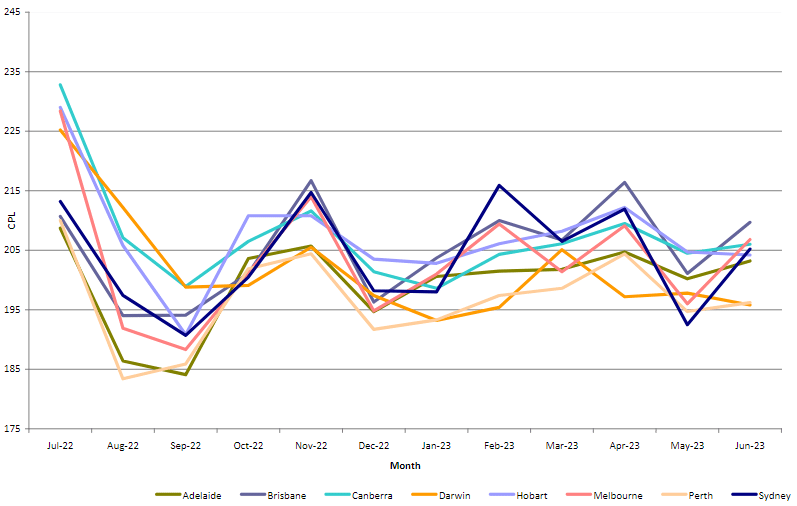
Fueltrac.com.au – (Pg.2)
Unleaded: average monthly pump price by capital city
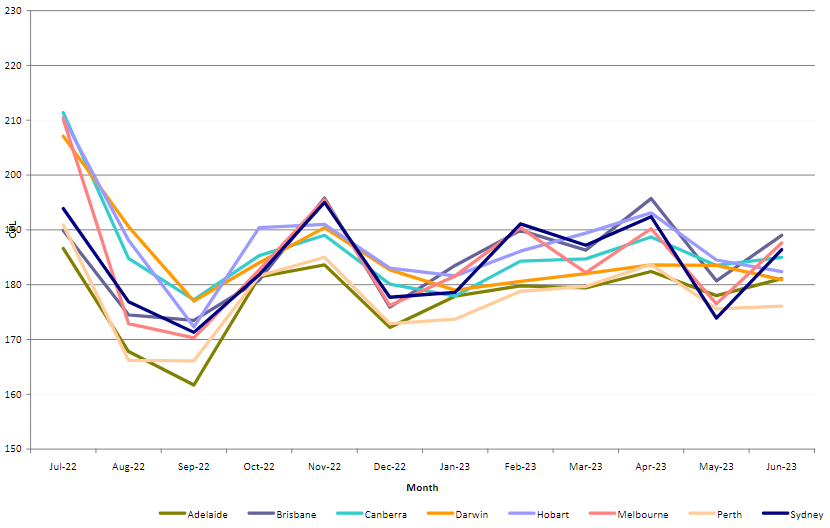
Fueltrac.com.au – (Pg.2)
Average and historical petrol prices – national
The national metropolitan average for the week ending 30th of July was 188.7c/L with a weekly change of -3.1c/L. The low stood at 185.8c/L and the high at 191.9c/L.
The national regional average followed the national price closely, with the weekly average resulting in 186.5c/L and a weekly change of +1.4c. The low was 185.6c/L and the high being 187.4c/L.
Using sources such as FuelPrice Australia and the AIP, we can look at average and historical petrol prices dating back to 2002.
The lowest national average petrol price was in 2002 at 87.3c/L.
The highest recorded average price was 2022, at 184.2c/L, an 24.6% increase over the previous 2021 high of 147.8c/L.
Petrol prices have increased steadily during the last 20 years, although there have been some years where prices have fallen or shot up dramatically.
For instance, the national average petrol price increased 13.5% over 2007 to 2008 due to the emergence of the Global Financial Crisis which shook global commodity markets, stock markets, and foreign exchange rates.
At the beginning of 2008, The Australian Dollar was at near parity with the US dollar (96c) until it spectacularly crashed during the months of July to November, reaching a record low of 65c. This decrease of 32.3% meant more Australian dollars were required to import the same amount of fuel from overseas locations. According to ABC reporting at the time, Australians experienced record retail pump highs of $1.60c/L in July 2008 before reaching lower-than-average prices (around $1/L) in late 2008. This correlates to the recovery in the Australian Dollar against the greenback. In 2009, the average price decreased by 15.5%.
Australian fuel prices stayed in the $1.40c/L range during 2011 to 2014 with a peak in 2014 at 148.8c/L. It then dropped in 2015 to 129.6c/L, only returning to the $1.40c/L range in 2018.
Diesel: average monthly pump price by capital city
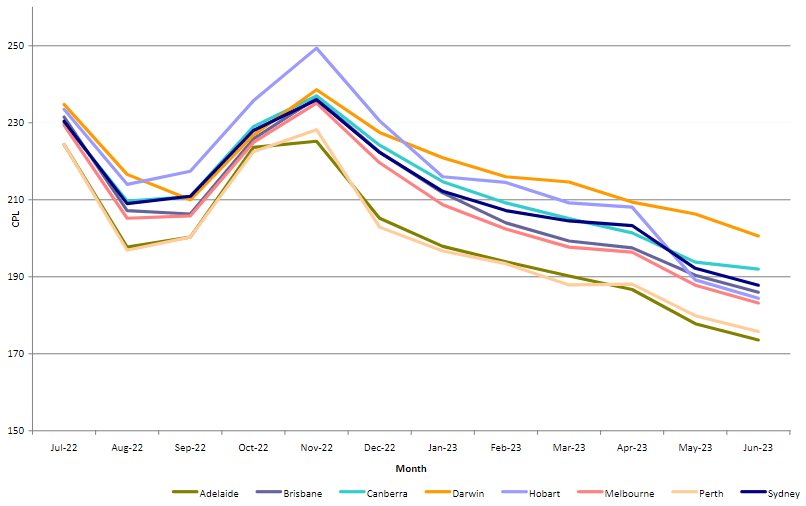
Fueltrac.com.au – (Pg.3)
LPG: average monthly pump price by capital city
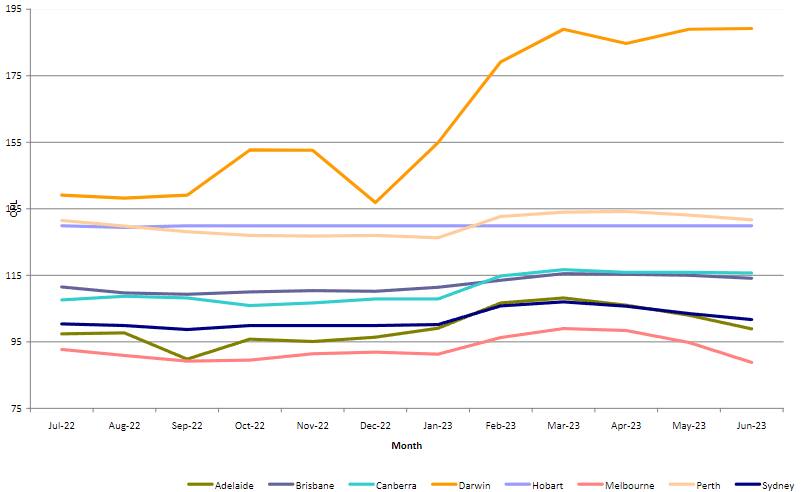
Fueltrac.com.au – (Pg.3)
Petrol prices Melbourne
Melbourne, unlike most states (excl. SA or ACT) does not have a real-time or daily fuel price reporting system.
The week ending 30th of July, the average metro Melbourne fuel price was 190.4 cents per litre, a weekly change of -9c. The low during that week was 187.4c/L and the high 194.4c/L.
The Victorian weekly average was 188.5 c/L with a weekly change of -5.9c. The weekly low was 186.6 and the high was 191.1.
Average monthly pump fuel price in Melbourne
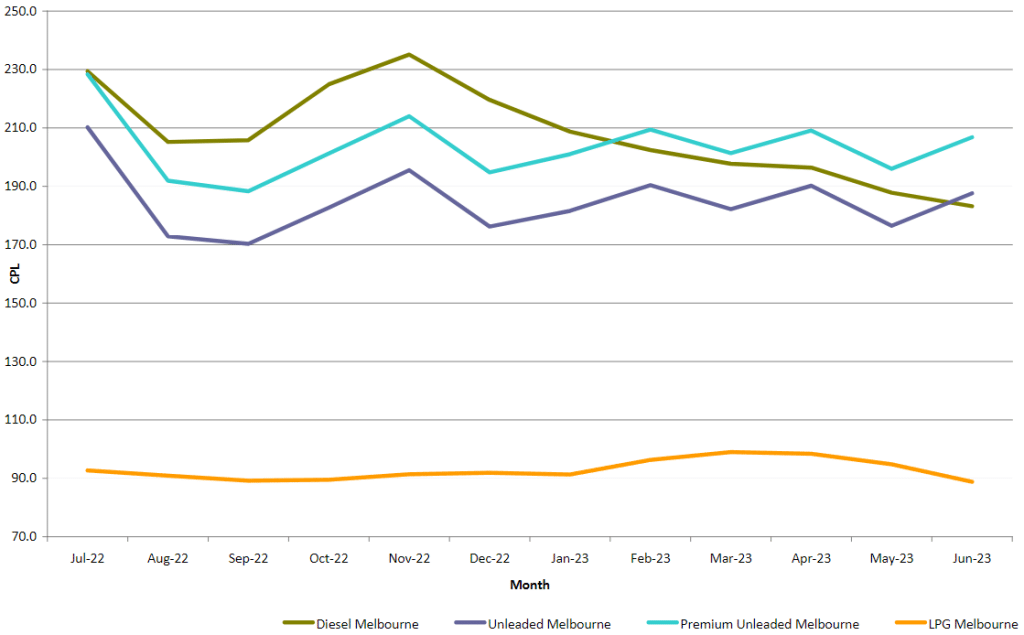
Fueltrac.com.au – (Pg.6)
Average monthly pump fuel price in Melbourne
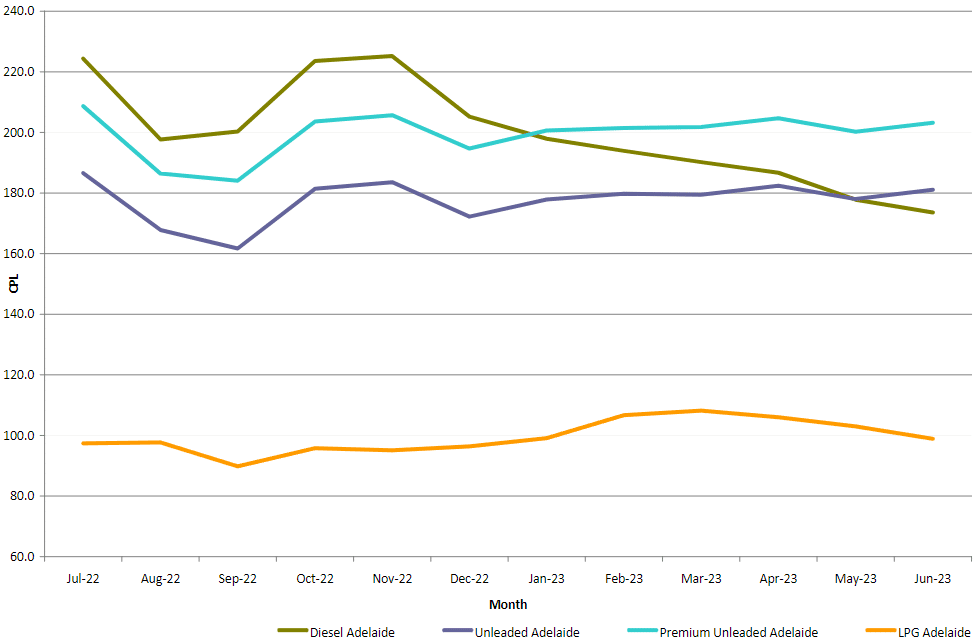
Fueltrac.com.au – (Pg.8)
Petrol prices Adelaide
In the same period, Adelaide’s fuel prices jumped 18.6c in the week to 190.5c/L as a weekly average. The low point coming in at a heavily discounted 179.2c/L and jumping to a cycle peak of 205.1c/L – the highest metropolitan price in the nation.
The South Australian weekly average was 188.6c/L, experiencing a weekly change of +14.7c. SA recorded a weekly low of 180.8c/L and a high of 196.1c/L.
Most surprising is the South Australian regional average, which sat at 183.1c/L. It recorded a weekly change of 3.4c, minuscule compared to the metropolitan average. The high reached 185.2c/L, almost 20c cheaper than their Adelaide counterparts. The low was 180.9c/L.
Petrol prices Sydney
Sydney’s petrol prices for the week ending 30 July averaged 183.6c/L with a weekly change of -6.4c. The peak of 186.2c/L was countered by a trough of 184.6c/L. The New South Wales/ACT combined state average price was 185.9c/L, a change of -3.8c. The high and low range was quite close, at 185.1c/L and 187.4c/L.
Regional prices dipped by -1c, with a close range of high (189c/L) and low (188.6c/L) prices, averaging out at 188.8c/L.
Average monthly pump fuel price in Sydney
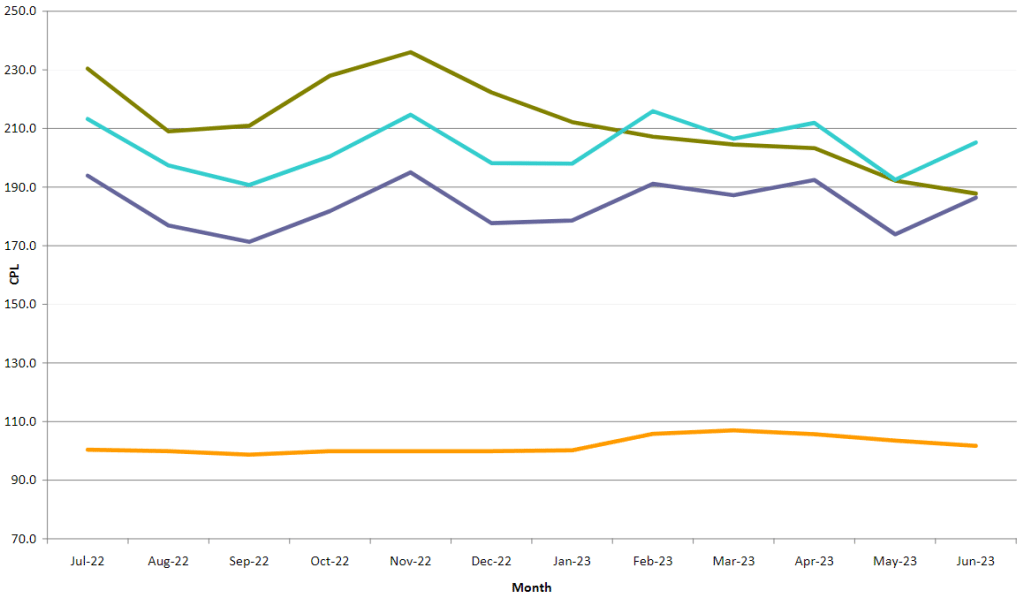
Fueltrac.com.au – (Pg.5)
Average monthly pump fuel price in Canberra
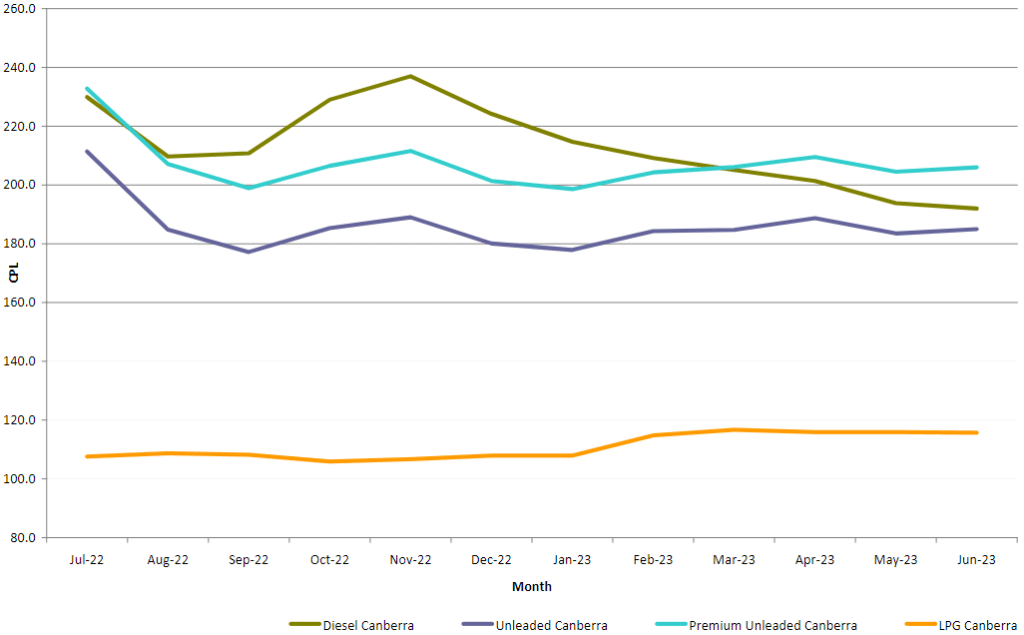
Fueltrac.com.au – (Pg.11)
Petrol prices Canberra
Canberra’s petrol prices averaged 186.6c/L with a weekly change of 1.9c. The lows and highs were separated by only 1.1c (186.1/cL vs 187.2c/L.)
Petrol prices Brisbane
Brisbane’s fuel prices were the highest metro average during the week of 30th July, averaging out at 196.7c/L – and Brisbane residents experienced a weekly change of -6.5c. The high didn’t top the scales (199.8c/L) but the low hovered far above the averages in many states (194.4c/L.)
Queensland as a whole experienced a weekly change of -3.2c, averaging in at 192.6c/L. This meant a low of 191.5c/L and a high of 194.1/cL. Queensland’s regional average was lower than the capital, coming in at 184.9c/L. The low stood at 183.4c/L with the high a modest 186.2c/L. This resulted in a weekly change of +3.1c.
Average monthly pump fuel price in Brisbane

Fueltrac.com.au – (Pg.4)
Average monthly pump fuel price in Hobart
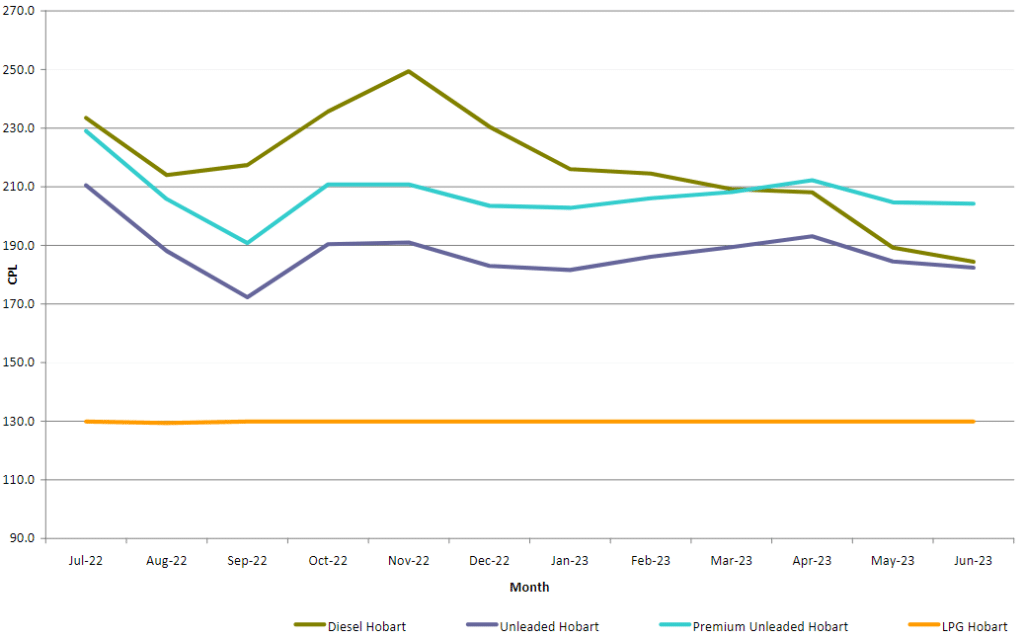
Fueltrac.com.au – (Pg.7)
Petrol prices Hobart
Hobart and Tasmania’s average prices were close together (188c/L and 189.8c/L) as well as regional Tasmanian prices (191.1c/L). Tasmania as a whole saw a weekly change of +3.6c. Hobart’s prices rose by +3.9c and the regions saw an increase of +3.3c.
Hobart’s low was 184.7c/L and high was 190.8c/L. The regional low was 188.4c/L and 193.3c/L for the high. The spread was also similar statewide, registering a low of 186.8c/L and a high of 192.2c/L.
Petrol prices Perth
Perth petrol pumpers saw a rise of +4.5c during the week ending 30 July 2023 ending on an average of 182.8c/L. The weekly high was 199.5c/L with a sharp low of 169.9c/L.
Western Australia’s state average over the week was similar at 183.2c/L, a rise of +4.2c. This represented a low of 172.8c/L and a high of 196.1c/L. The regions were about 2c higher, on 184.7c/L averages, an increase of +3c. The low was 182.6c/L and the high was 186.5c/L.
Petrol prices Perth
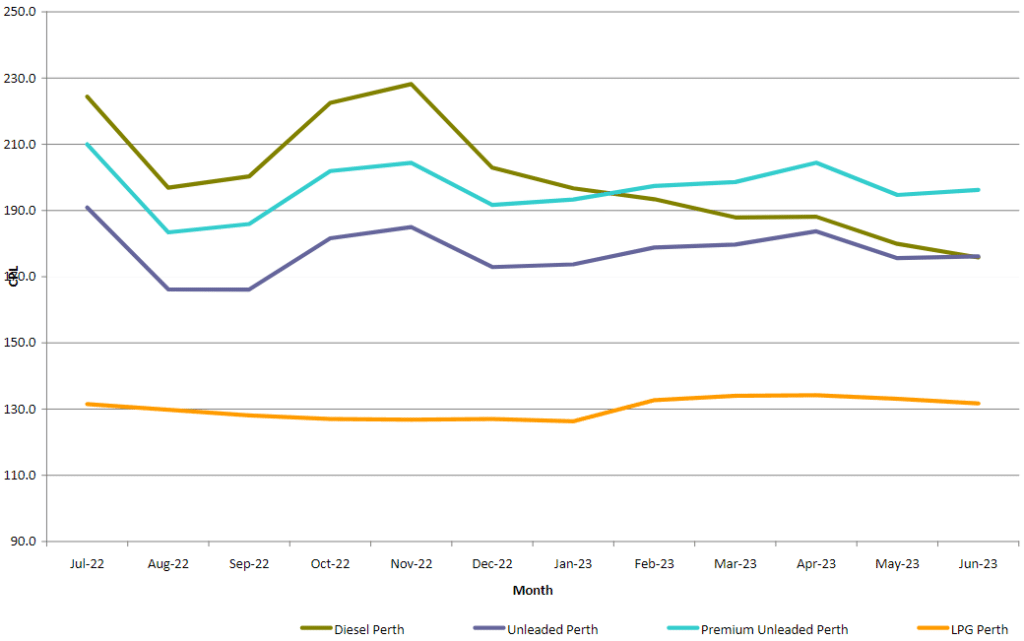
Fueltrac.com.au – (Pg.9)
Petrol prices Darwin
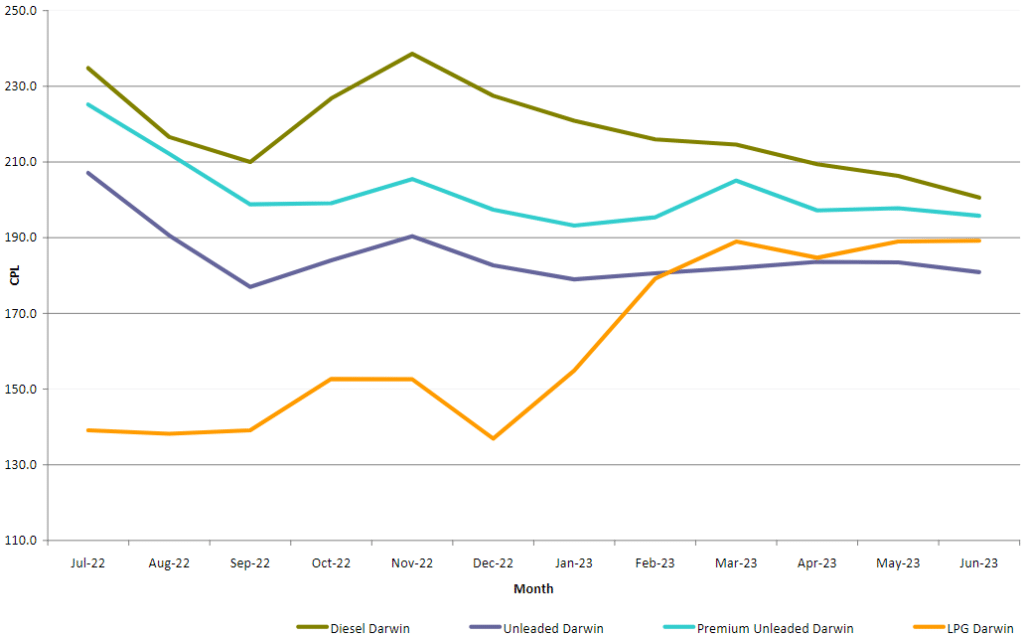
Fueltrac.com.au – (Pg.10)
Petrol prices Darwin
Darwin metro prices are pretty modest, coming in at an average of 183.4c/L with a +4.4c change over the week. The low came in at 180.3c/L and the high at 185.9c/L. The state average was higher at 196.2c/L, an increase of +4.2c. Lows stood at 193.7c/L and highs at 198.2c/L.
However, things are not so rosy in the regions. The weekly average was a whopping 231c/L despite an increase of just +1.1c. The low and high only saw a difference of 1.6c – with the high topping out at 231.7c/L.
A look at fuel price apps
For bargain hunters of all stripes, there’s usually a smartphone app for unearthing the best deals. There’s no exception when it comes to looking for cheaper fuel in your immediate area.
All states apart from Victoria and the ACT enforce mandatory price reporting by service stations each day. This means residents of these states and territories can plug directly into Government-maintained databases through apps or websites. The NSW and Tasmanian government have smartphone apps (the NSW one is called FuelCheck), while the Northern Territory and Western Australia have websites, which are unfortunately not optimised properly for mobile. But they will work in a pinch.
For the other states such as Queensland and South Australia, motorists can access these government databases through commercial apps, which also double as crowdsourced apps in jurisdictions without government reporting standards.
Crowdsourced apps rely on customer reporting on fuel prices and may not be accurate or timely. It really depends on whether an app user remembers to input the price they just paid before speeding off and going on with the rest of their day. Apps such as Fuel Map Australia, MotorMouth, PetrolSpy, and Simples: Compare and Save carry crowdsourced data, with apps such as PetrolSpy using government databases in NSW and WA, relying on other data to create price reports.
Crowdsourced apps may also have good information on major fuel types such as RON 91 or E10 but could be scarce on other types such as Diesel, RON 95, or RON 98.
Other apps use crowdsourced and government data such as Fair Fuel (Queensland), Pumped Fuel, ServoTrack, NRMA, Vroom Fuel Price Compare, and SA Bowser: Should I Fuel (South Australia.)
Whether you live in a place with reporting or not, keeping an eye on the petrol price cycle can save you a lot of money long-term.
Savvy spokesperson, Bill Tsouvalas, says missing out on dips and rises can have an impact on the hip pocket.
“If you missed out on the discount cycle and were forced to fuel up your car in Adelaide on the 30th, you would have paid 25.9 per cent more for fuel than if you decided to top up at the low point. Having these apps can alert you to when prices are starting to rise so you can add ten or twenty litres to your tank without having to resort to huge price spikes when your fuel gauge dips below a quarter full.
“It makes sense to top up or fill your tank when it goes below half full if you are experiencing a lower point in a petrol pricing cycle. If you miss out on the low-end of the cycle, you can time your next fill after the peak period, which means you can save a lot more on average.
“Of course, sometimes, this is unavoidable for people who rely on transport for their work. We can only hope it all comes out in tax returns and GST claims, or dollar cost averaging.”
Did you find this page helpful?
Author
Adrian EdlingtonPublished on August 28th, 2023
Last updated on March 22nd, 2024
Fact checked
This guide provides general information and does not consider your individual needs, finances or objectives. We do not make any recommendation or suggestion about which product is best for you based on your specific situation and we do not compare all companies in the market, or all products offered by all companies. It’s always important to consider whether professional financial, legal or taxation advice is appropriate for you before choosing or purchasing a financial product.
The content on our website is produced by experts in the field of finance and reviewed as part of our editorial guidelines. We endeavour to keep all information across our site updated with accurate information.

